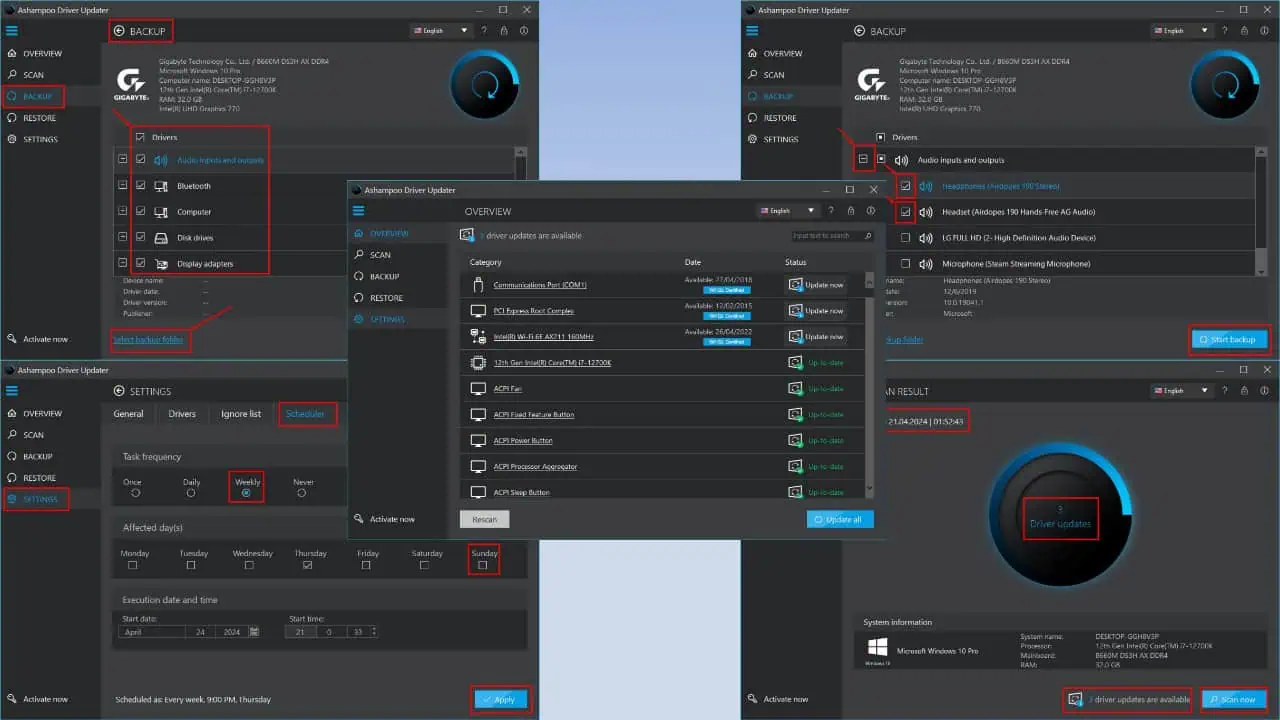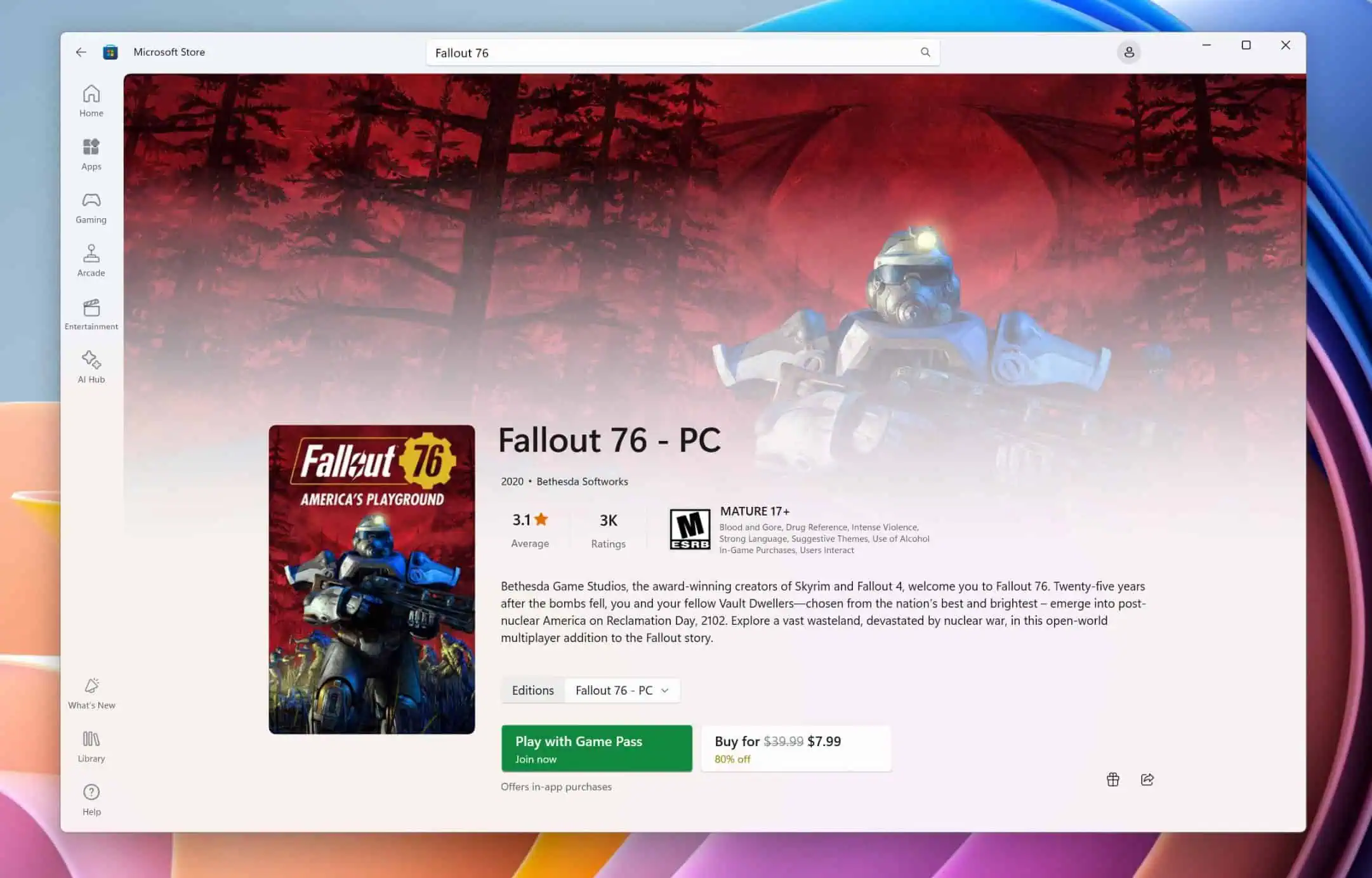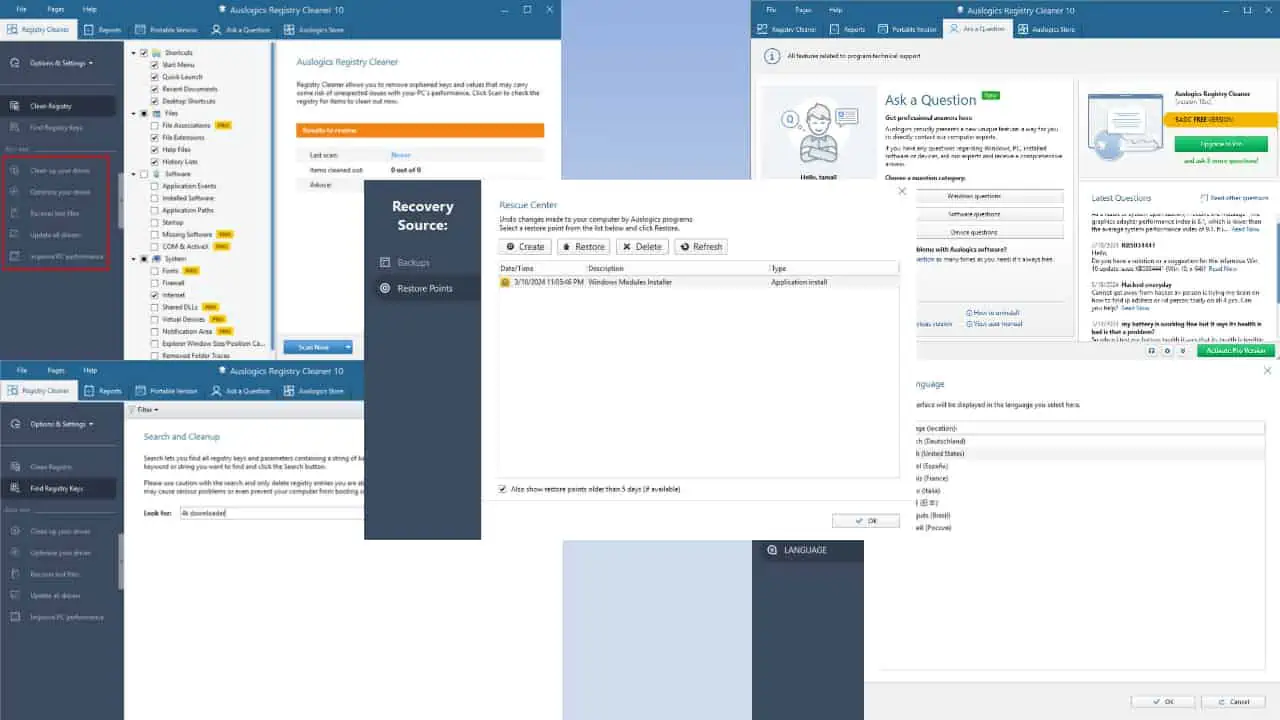New Cumulative Updates hit Windows 10 Creators Update(1703) and Windows Server 2016(1607)
10 min. read
Published on
Read our disclosure page to find out how can you help MSPoweruser sustain the editorial team Read more

Even though Microsoft always recommends users to install the newest version of Windows 10, there are still plenty of people running an older version of the new operating the system. Window 10 Creators Update(1703) is of the older version of Windows 10 and it is still supported by Microsoft and receives regular cumulative updates. Today it has received yet another Cumulative Update(KB4493436), the update brings a ton bug fixes and performance improvements, and also takes the O.S. version to 15063.1784. You can read the official changelog below.
FIXES AND IMPROVEMENTS
- Addresses an issue that causes Internet Explorer to block a sub-resource download when its loaded over the HTTP protocol on a page hosted over the HTTPS protocol.
- Addresses an issue that may prevent Custom URI Schemes for Application Protocol handlers from starting the corresponding application for local intranet and trusted sites on Internet Explorer.
- Addresses an issue that prevents the CALDATETIME structure from handling more than four Japanese Eras. For more information, see KB4469068.
- Addresses an issue that causes ShellExperienceHost.exe to stop working when the start date for the Japanese Era is not on the first day of the month. For more information, see KB4469068.
- Updates the NLS registry to support the new Japanese Era. For more information, see KB4469068.
- Addresses an issue that causes the DateTimePicker to display the date incorrectly in the Japanese date format. For more information, see KB4469068.
- Addresses an issue that causes the Date and Time Settings control to cache old Eras and prevents the control from refreshing when the time enters the new Japanese Era. For more information, see KB4469068.
- Updates fonts to support the new Japanese Era. For more information, see KB4469068.
- Addresses an issue that prevents an input method editor (IME) from supporting the new Japanese Era character. For more information, see KB4469068.
- Addresses an issue that causes the Clock and Calendar flyout control to display the day of the week incorrectly mapped to a date in the month of the new Japanese Era. For more information, see KB4469068.
- Adds alternative fonts for the new Japanese Era fonts. For more information, see KB4469068.
- Enables Text-To-Speech (TTS) functionality to support new Japanese Era characters. For more information, see KB4469068.
- Addresses an issue that causes the error “0x3B_c0000005_win32kfull!vSetPointer” when the kernel mode driver, win32kfull.sys, accesses an invalid memory location.
- Addresses an issue that may cause a touch screen to stop working after restart.
- Addresses a gradual memory leak in LSASS.exe on systems that have cached logon enabled. This issue mainly affects servers that process many interactive logon requests, such as web servers.
- Addresses an issue that may allow a user to continue logging on to an account using a smart card after disabling the account.
- Addresses an issue that prevents access to enterprise resources when using Kerberos with Windows Hello for Business (WHfB) credentials. This causes users to receive multiple prompts to provide their credentials.
- Addresses an issue that occasionally causes a PostScript printer to use the wrong font.
- Addresses an issue in which Windows Management Instrumentation (WMI) policy provider (PolicySOM) consumes all available dynamic User Datagram Protocol (UDP) ports. This causes the affected machines to become unresponsive.
- Addresses an issue that causes a roaming profile user to lose customized Start menu settings after upgrading the operating system (OS). After installing this update, administrators must enable the UseProfilePathMinorExtensionVersion registry setting described in KB4493782 for roaming user profiles (RUP). This key allows you to create a new RUP for an upgraded OS and prevents the loss of a custom Start menu. The RUP must be stored locally, and you must restart the device to enable the feature.
KNOWN ISSUES AND WORKAROUND
| Symptom | Workaround |
|---|---|
| Certain operations, such as rename, that you perform on files or folders that are on a Cluster Shared Volume (CSV) may fail with the error, “STATUS_BAD_IMPERSONATION_LEVEL (0xC00000A5)”. This occurs when you perform the operation on a CSV owner node from a process that doesn’t have administrator privilege. | Do one of the following:
Microsoft is working on a resolution and will provide an update in an upcoming release. |
To update, go to Settings> Update and security> Windows Update> Check for updates, wait for the automatic download and install or download it here.
Windows Server 2016(1607) also received a new Cumulative Update which brings ton fixes and improvements, otherwise, it takes the O.S. version to 14393.2941. You can read the official changelog below.
FIXES AND IMPROVEMENTS
- Addresses an issue that causes Internet Explorer to block a sub-resource download when its loaded over the HTTP protocol on a page hosted over the HTTPS protocol.
- Addresses an issue that may prevent Custom URI Schemes for Application Protocol handlers from starting the corresponding application for local intranet and trusted sites on Internet Explorer.
- Addresses an issue that prevents the CALDATETIME structure from handling more than four Japanese Eras. For more information, see KB4469068.
- Addresses an issue that causes ShellExperienceHost.exe to stop working when the start date for the Japanese Era is not on the first day of the month. For more information, see KB4469068.
- Updates the NLS registry to support the new Japanese Era. For more information, see KB4469068.
- Addresses an issue that causes the DateTimePicker to display the date incorrectly in the Japanese date format. For more information, see KB4469068.
- Addresses an issue that causes the Date and Time Settings control to cache old Eras and prevents the control from refreshing when the time enters the new Japanese Era. For more information, see KB4469068.
- Updates fonts to support the new Japanese Era. For more information, see KB4469068.
- Addresses an issue that prevents an input method editor (IME) from supporting the new Japanese Era character. For more information, see KB4469068.
- Addresses an issue that causes the Clock and Calendar flyout control to display the day of the week incorrectly mapped to a date in the month of the new Japanese Era. For more information, see KB4469068.
- Adds alternative fonts for the new Japanese Era fonts. For more information, see KB4469068.
- Enables Text-To-Speech (TTS) functionality to support new Japanese Era characters. For more information, see KB4469068.
- Addresses an issue in Gdi32full.dll that causes an application to stop responding.
- Addresses a gradual memory leak in LSASS.exe on systems that have cached logon enabled. This issue mainly affects servers that process many interactive logon requests, such as web servers.
- Addresses an issue that causes Lightweight Directory Access Protocol (LDAP) client applications to stop responding for at least 30 seconds when many LDAP queries are requested through multiple connections. This occurs because of a race condition in wldap32.dll. You must install this update on the LDAP client that calls wldap32.dll.
- Addresses an issue that may prevent Cluster Aware Update from restarting nodes when a cluster’s credentials are reset. Cluster Aware Update must restart nodes after installing an update. The error is the following:
- ”Failed to restart “NODENAME”: (ClusterUpdateException) Failed to restart “NODENAME”: (Win32Exception) The user name or password is incorrect.”
- Addresses an issue that may cause Microsoft Cluster Shared Volumes File Systems (CSVFS) to stop working under certain conditions.
- Addresses an issue with setting up a Storage Replica in a Scale-Out File Server with a Storage Spaces Direct cluster. Using Test-SRTopology to query multiple volumes when the Primary DNS suffix is different than the domain name may cause the query to fail with a null reference exception in GetPartitionInStorageNodeByAccessPath.
- Addresses an issue that may cause error 0x7E to occur when adding a node to an Exchange Database Availability Group server.
- Addresses an issue that causes slow screen refresh rates when an application creates and destroys many child windows.
- Addresses an issue that causes connection requests to the Remote Desktop Session Host (RDSH) servers in the deployment to fail. This issue occurs because of a deadlock in the Connection Broker.
- Addresses an issue that occasionally causes a PostScript printer to use the wrong font.
- Addresses an issue that fails to enumerate devices that have 64-bit base address registers and are assigned to virtual machines. This issue also prevents Windows from detecting these devices. This issue occurs on hosts that have the Hyper-V role enabled.
KNOWN ISSUES AND WORKAROUND
| Symptom | Workaround |
|---|---|
| For hosts managed by System Center Virtual Machine Manager (SCVMM), SCVMM cannot enumerate and manage logical switches deployed on the host after installing the update.
Additionally, if you do not follow the best practices, a stop error may occur in vfpext.sys on the hosts. |
|
| After installing KB4467684, the cluster service may fail to start with the error “2245 (NERR_PasswordTooShort)” if the group policy “Minimum Password Length” is configured with greater than 14 characters. | Set the domain default “Minimum Password Length” policy to less than or equal to 14 characters.
Microsoft is working on a resolution and will provide an update in an upcoming release. |
| After installing this update, there may be issues using the Preboot Execution Environment (PXE) to start a device from a Windows Deployment Services (WDS) server configured to use Variable Window Extension. This may cause the connection to the WDS server to terminate prematurely while downloading the image. This issue does not affect clients or devices that are not using Variable Window Extension. | To mitigate the issue, disable the Variable Window Extension on WDS server using one of the following options:
Option 1: Wdsutil /Set-TransportServer /EnableTftpVariableWindowExtension:No Option 2:
Option 3: “HKLM\System\CurrentControlSet\Services\WDSServer\ Providers\WDSTFTP\EnableVariableWindowExtension”. Restart the WDSServer service after disabling the Variable Window Extension. Microsoft is working on a resolution and will provide an update in an upcoming release. |
| Certain operations, such as rename, that you perform on files or folders that are on a Cluster Shared Volume (CSV) may fail with the error, “STATUS_BAD_IMPERSONATION_LEVEL (0xC00000A5)”. This occurs when you perform the operation on a CSV owner node from a process that doesn’t have administrator privilege. | Do one of the following:
Microsoft is working on a resolution and will provide an update in an upcoming release. |
To update, go to Settings> Update and security> Windows Update> Check for updates, wait for the automatic download and install or download it here.
Via: Neowin





